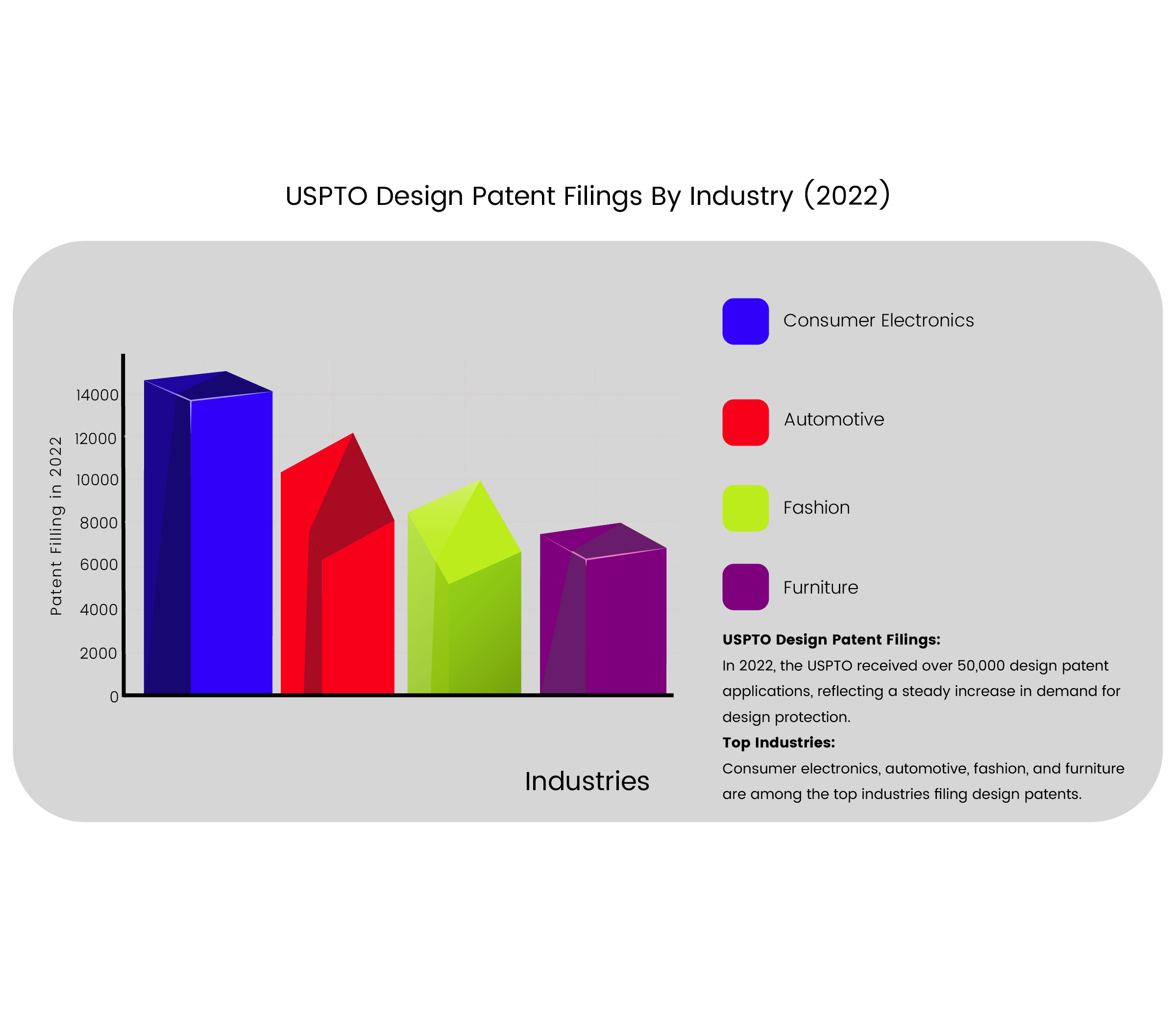
Apple vs. Samsung:
- A high-profile case where design patents played a critical role in determining infringement and awarding damages.
Fashion Industry:
- Design patents protect unique patterns, shapes, and aesthetics of clothing, accessories, and footwear.
Automotive Designs:
- Car manufacturers frequently file design patents for vehicle exteriors, interiors, and even specific components like headlights.